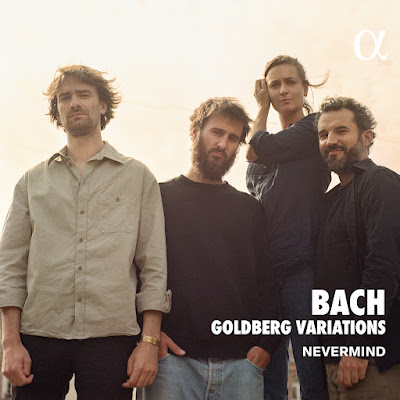Michel Petrucciani Trio - Jazz Club Montmartre, 1988
The great Danish jazz label Storyville has released a wonderful album recorded at Copenhagen’s Jazzhus Montmartre on July 3rd, 1988, 37 years ago to the day, assuming I get this review done in time!
The French pianist Michel Petrucciani is joined by bassist Gary Peacock and drummer Roy Haynes. The music this high-powered Trio performed is a mix of standards - "My Funny Valentine", "In a Sentimental Mood", "Autumn Leaves", "Someday My Prince Will Come" - and songs written by Petrucciani, Ornette Coleman and John Coltrane. There's plenty of energy here, communicated to the enthusiastic, but not intrusive, crowd. I've often commented on how ardent and seemingly knowledgeable Danish jazz audiences were back in the day; Copenhagen is clearly a great jazz town!
The sheer technique of the three players is what stands out, but each of them also seems to be listening to the other two. These are highly musical performances, for all the virtuosity.
In his article on Michel Petrucciani in the New Republic, "Keys to the Kingdom", David Haju quotes Michael Zwerin, who tells this wonderful story:
We were sitting there wondering what to play. It was kind of hot. And Michel said, ‘Anybody know “Giant Steps”?’ Neither Louis [Petrucciani] nor I wanted to admit we didn’t really know it. So there was this great silence. And Michel said, ‘Well, I do!’ And he pounded into a solo version of it at a very fast clip, and it was really amazing. That to me is Michel--’Well, I do!’ Man, a confidence you wouldn’t believe.
As it happens, Petrucciani, Peacock and Haynes play Coltrane's "Giant Steps" on this album, and it really is impressive. A "fast clip" is here in this performance, and the three masters gallop through this hugely influential composition, but there's no hesitation or stops and starts (as there apparently were for an underprepared Tommy Flanagan in Coltrane's original recording); all three are completely confident in this music. Speed is not the defining characteristic of this album, though. It's true that the Trio speeds up Joseph Kosma's ballad "Les feuilles mortes", aka "Autumn Leaves," but Petrucciani, like his hero Bill Evans, keeps the sadness and introspection in the foreground.
Michel Petrucciani's life story itself is so sad and so inspiring. He was born with osteogenesis imperfecta, the “glass bones” disease, and lived his entire 36 years in terrible pain. And yet he had a remarkable career as a jazz pianist, with a very large recording legacy. As Haju says, "He was as fragile as his art was robust, his life as tenuous as his music is durable." The design on the cover of this disc, by Finn Nygaard, shows the pianist, under three feet, and weighing around 50 pounds. In a wonderful conceit, Nygaard shows the pianist rising above the piano, as he rose above his terrible suffering to create wonderful sounds with remarkable colleagues.
I've just come across some photographs that were taken at a Jazzhus Montmartre concert in July 1993, by the great Danish jazz photographer Jan Persson. So great to see Petrucciani in action!



























